
Around this time of year, your social media feed is probably filled with articles showing you how to close down your garden for the winter. And by now, I’m sure you and the garden are ready for a much-needed rest. But is it really necessary to clean everything up each autumn?
Nope, and I’ve got five good reasons why you shouldn’t.

When that first frost hits, our gardens go from a space of green beauty to a wasteland of dead and decaying plant matter. And in most of us, it triggers an instant need to clean it up. We head out there with garden loppers, a rake and a wheelbarrow ready to clear it all out before the first snowflake falls.
And by the end of the day, nary a leaf or twig is to be found. It’s all at the curb or in the compost pile.
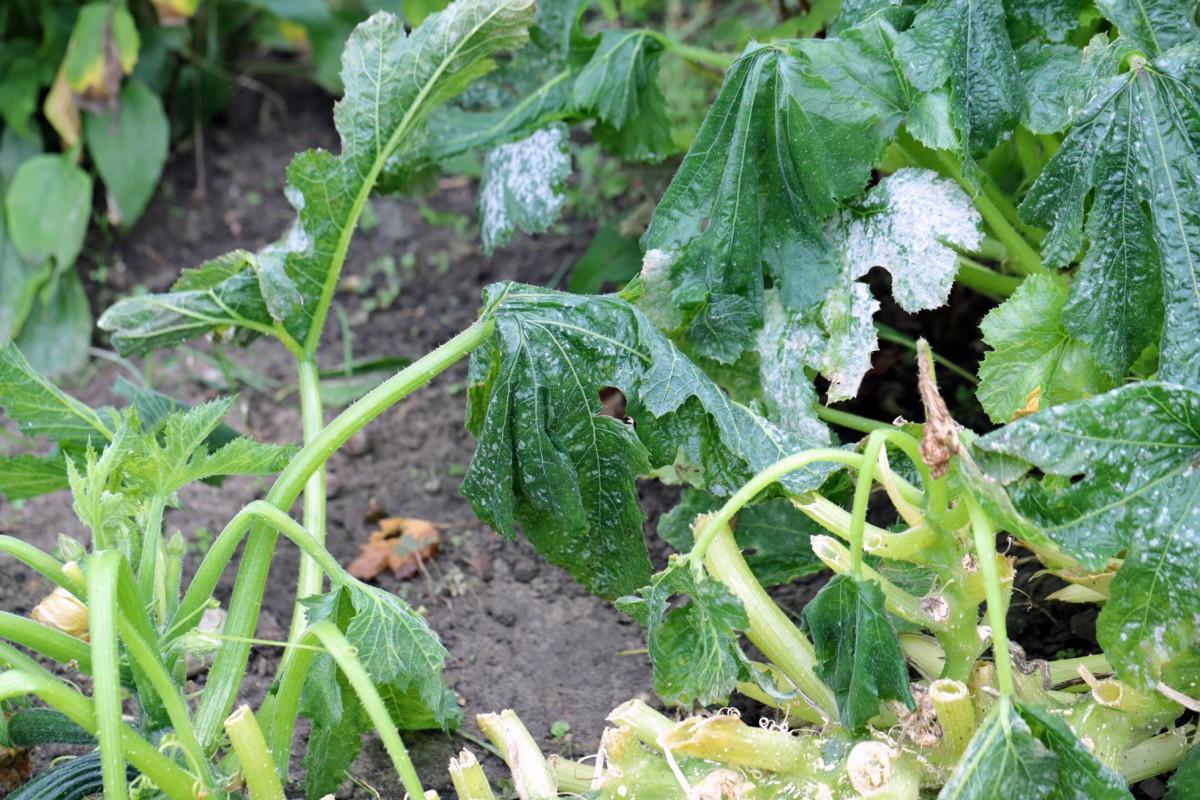
Unfortunately, our desire for order and neatness does a huge disservice to our garden, the local wildlife and ourselves. Grab a cup of tea and give this a read. By the time you take your last sip, I hope to have convinced you to sit back and relax this fall and let your garden do its own thing.
1. Rebuild the Soil Biome
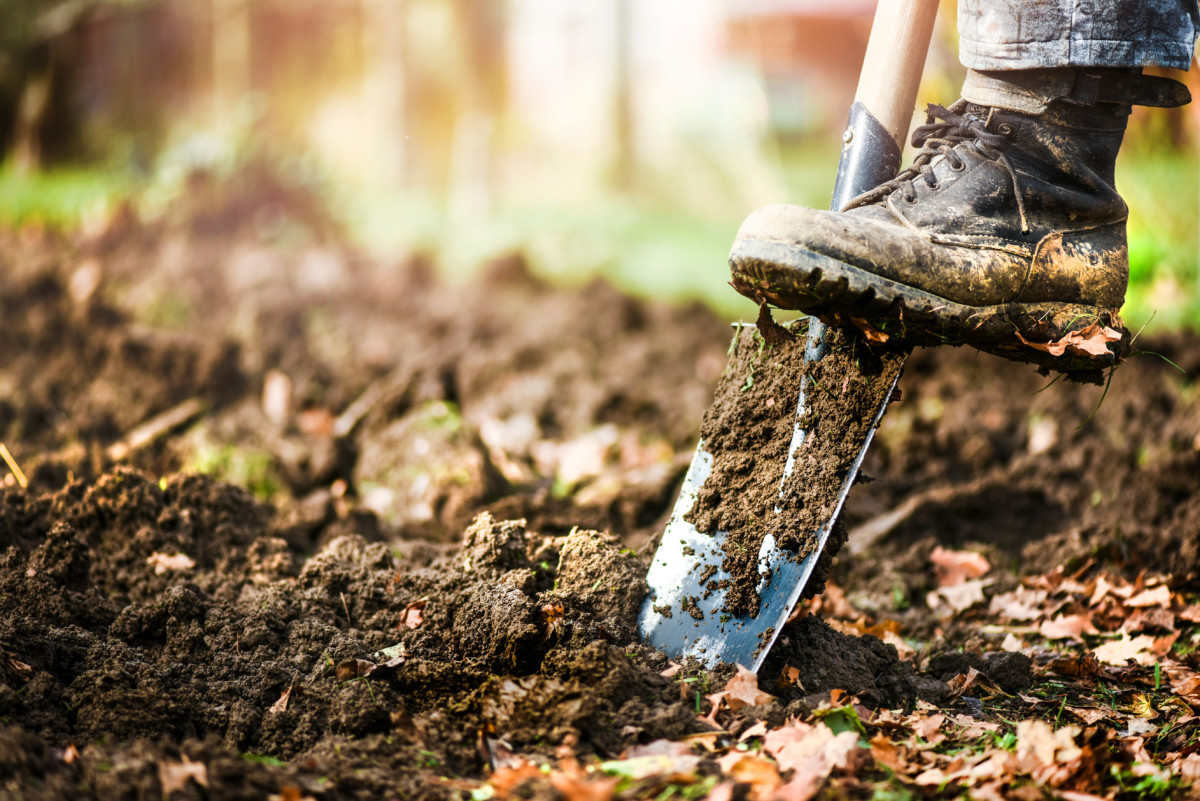
As you may have noticed, we’re big fans ofno-dig gardeninghere at Rural Sprout. For several years, we’ve encouraged gardeners everywhere to leave the rototiller and the shovel in the shed. In every garden, just below the soil, there is a microscopic world of beneficial fungi and microbes that plantsdepend onto thrive.
Or at least, there should be.
However, year after year of tilling and yanking up plants leads to the destruction of that fragile environment, and it can take a decade or more to grow back. Instead of uprooting everything you grew this year, consider leaving it in place, where it can decompose naturally while adding nutrients back into the soil.
By leaving plants to decay in place, you encourage the continued growth of a healthy, thriving soil biome. This, in turn, provides your garden with larger root systems, drought-resistant plants, and more easily accessed nutrients. And the healthy fungi that will grow will increase yields and prevent certain pest invasions.
Read up on the benefits of thisnaturally occurring mycorrhiza and how you can add more to the soil.
2. Provide a Winter Habitat for Pollinators & Other Beneficial Insects
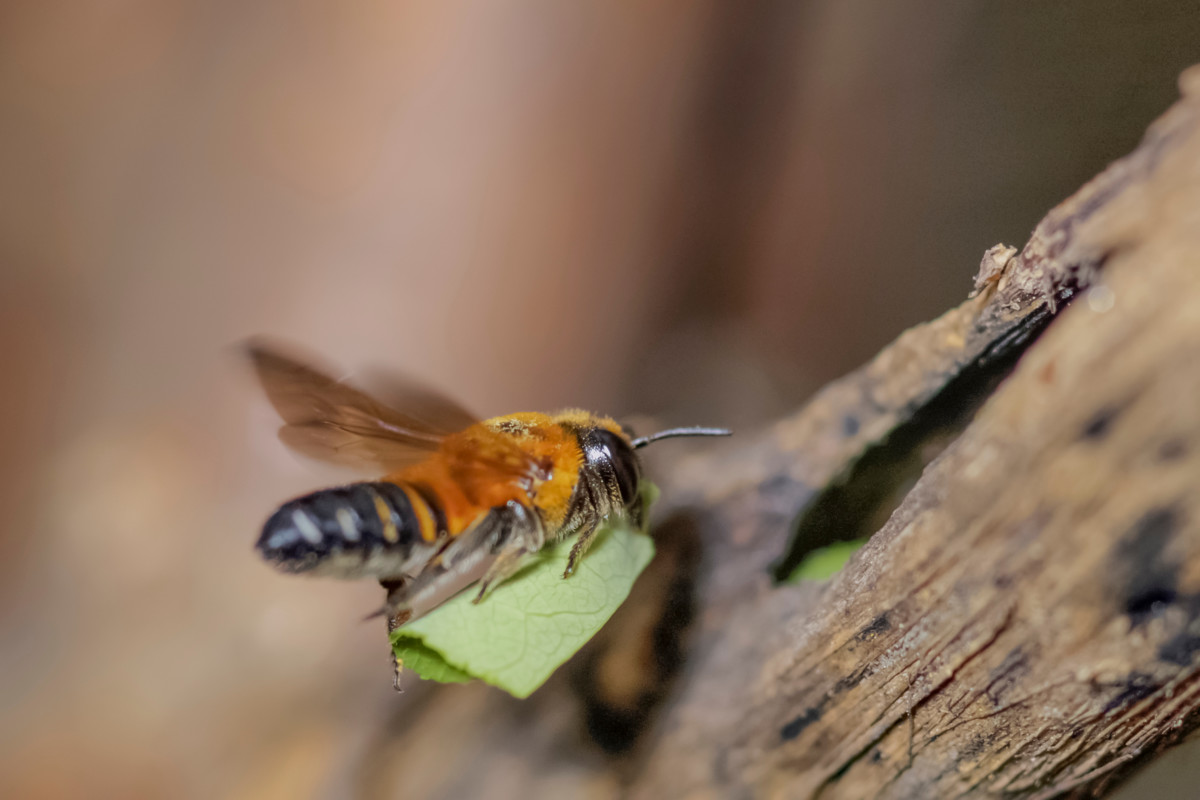
Have you found yourself hand-pollinating more and more each year? Do you find countless unpollinated fruits on your plants each season and wonder what you can do about it? Look to the fall for your answer. If you trim back and tidy up your garden every year at the end of the growing season, you’re effectively encouraging the pollinators you need to winter over elsewhere.
Countless native bees spend their winters with us, and so do their eggs.
There are nearly 4,000 different species of native bees right here in North America, and all of them are quickly disappearing. When you clear your garden each fall, you’re depriving them of the natural habitat they need to shelter over and lay eggs in.
Sure, you could建立一个蜜蜂酒店,但大多数人不把time to keep them clean. In the end, what was supposed to be beneficial ends up being abee death trap. Not to mention they’re pretty tiny. It’s much easier to stand back and let nature take care of itself. Your garden and yard full of leaves and spent tomato plants, in their resting state, is the perfect habitat for pollinators to make their homes in and ride out the winter.
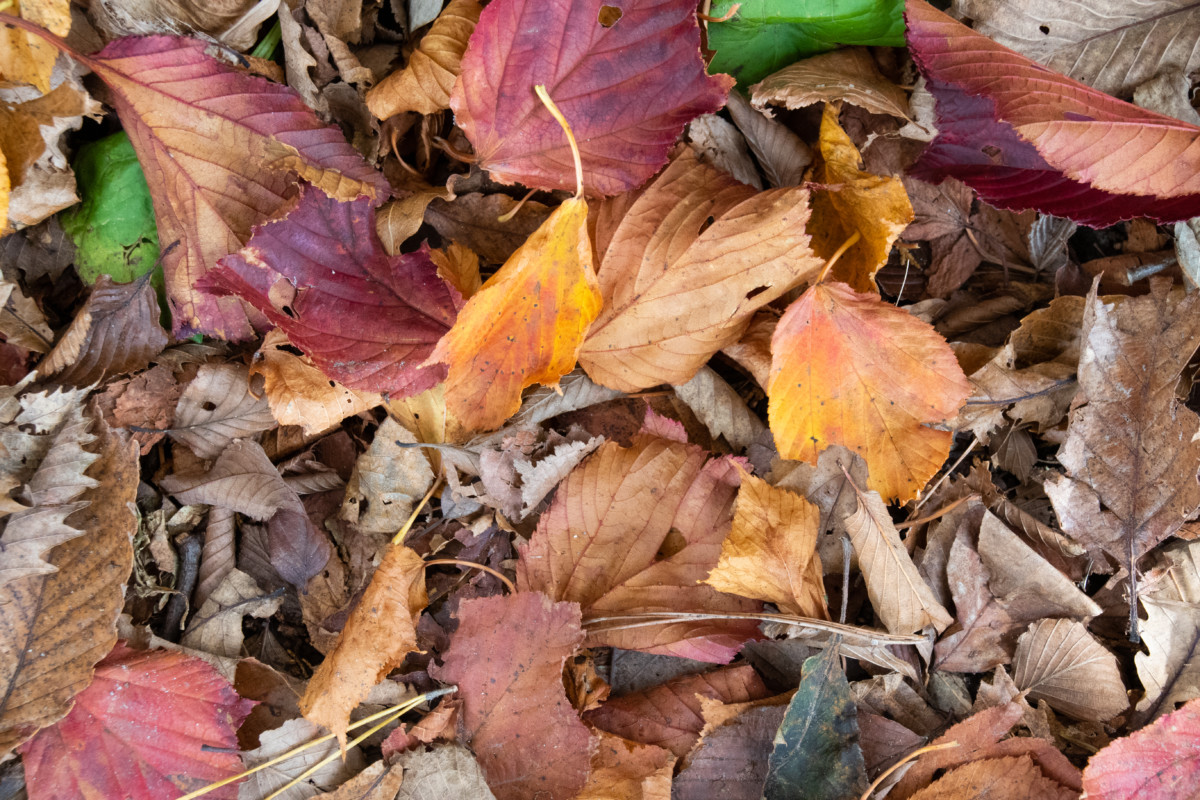
Pollinators aren’t the only insects to benefit from all the dead plants in your garden.
We’re all familiar with the migratory patterns of the Monarch butterfly, but countless other species stay put and winter over sheltered in dead leaves, the thin hollow stems of plants or under bark. Other beneficial insects that help to control pest populations in your garden, such as ladybugs andlacewings, also make their homes among the detritus in your yard and garden each winter.
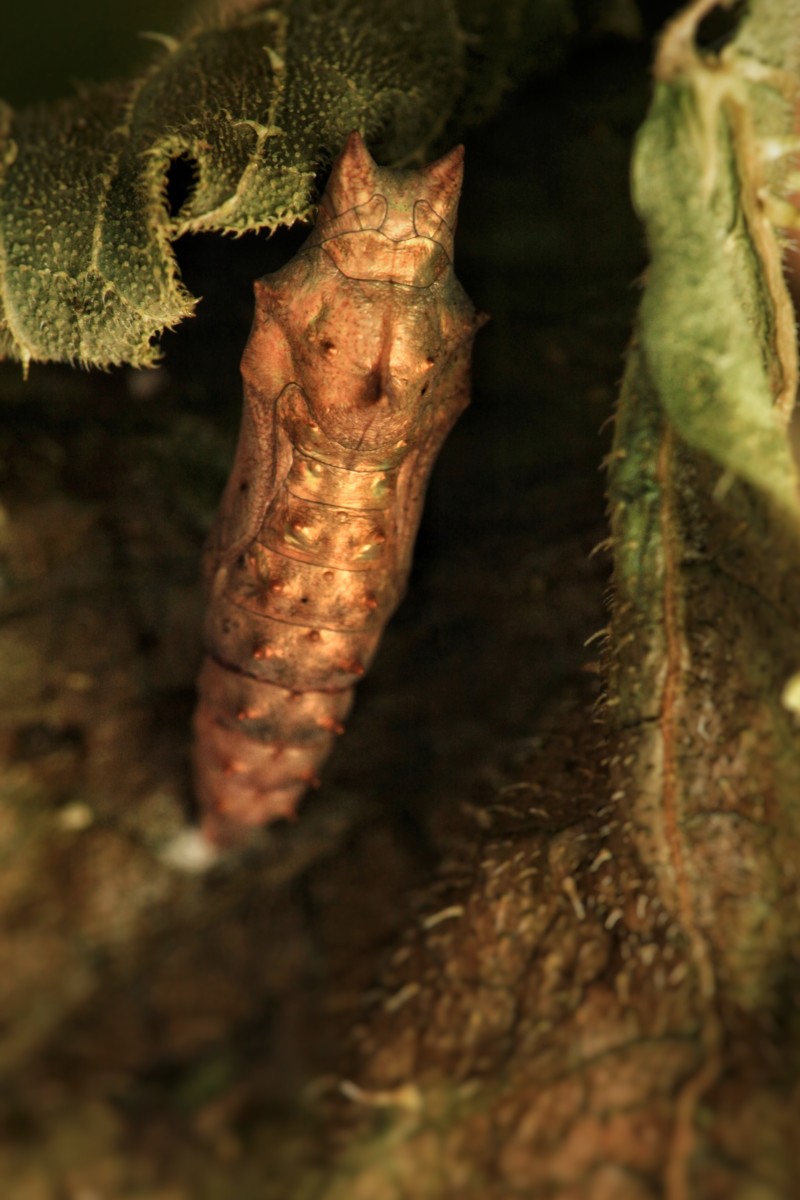
When you think of it, one of the best things you can do to improve your pollination rates and control pests next spring is to do nothing this fall.
3. Provide Food for Wild Birds
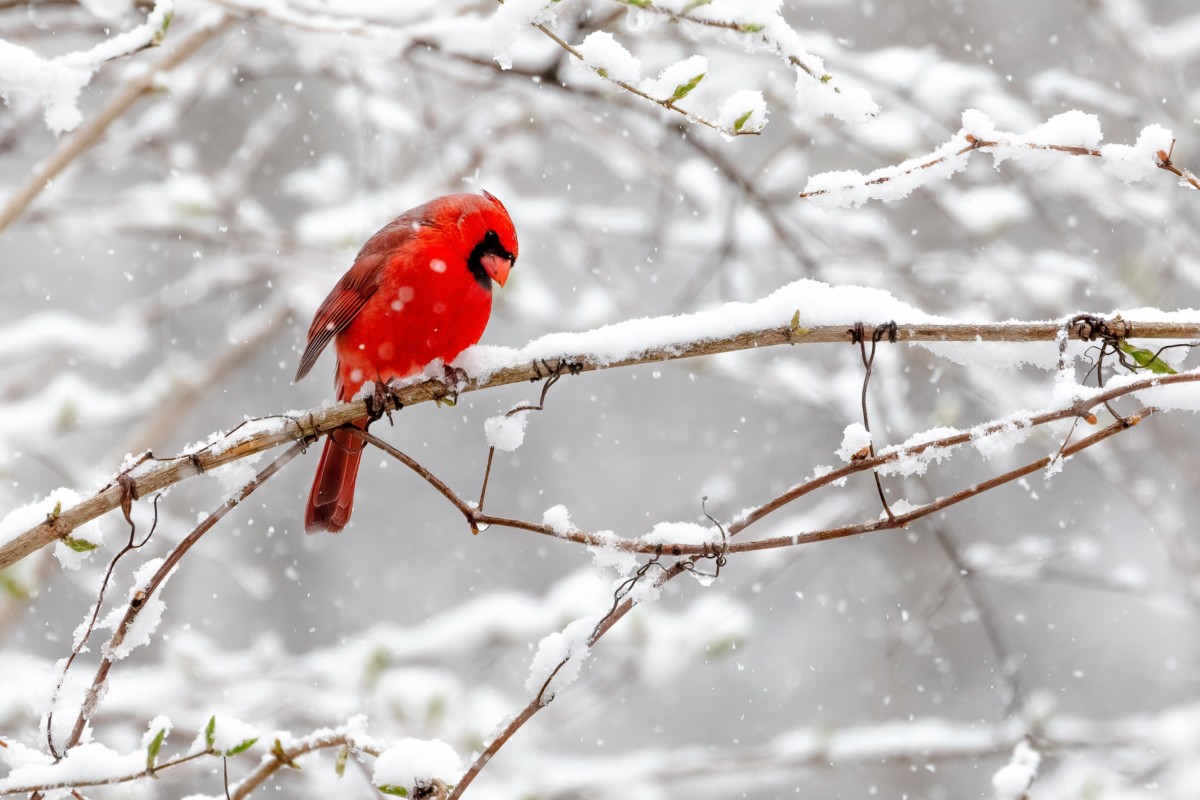
As the snow flies and the hustle and bustle of tending a garden turns into the hustle and bustle of the holidays, plenty of us put up bird feeders. There’s nothing quite like viewing the red flash of a cardinal against a blanket of new snow while sipping a hot cup of cocoa. While there are somegreat ways to attract birds to your backyard, one of the easiest ways to bring them into your space is by ensuring they have a food source.
A great source of food for wild birds is a garden at rest. Remember all those bugs wintering over? They’re also a great source of much-needed protein for birds. By clearing out your garden each fall, not only are you hindering the pollinators, but you’re also taking away an important food source for your local wild bird population.
Birds aren’t only eating the bugs in your garden.
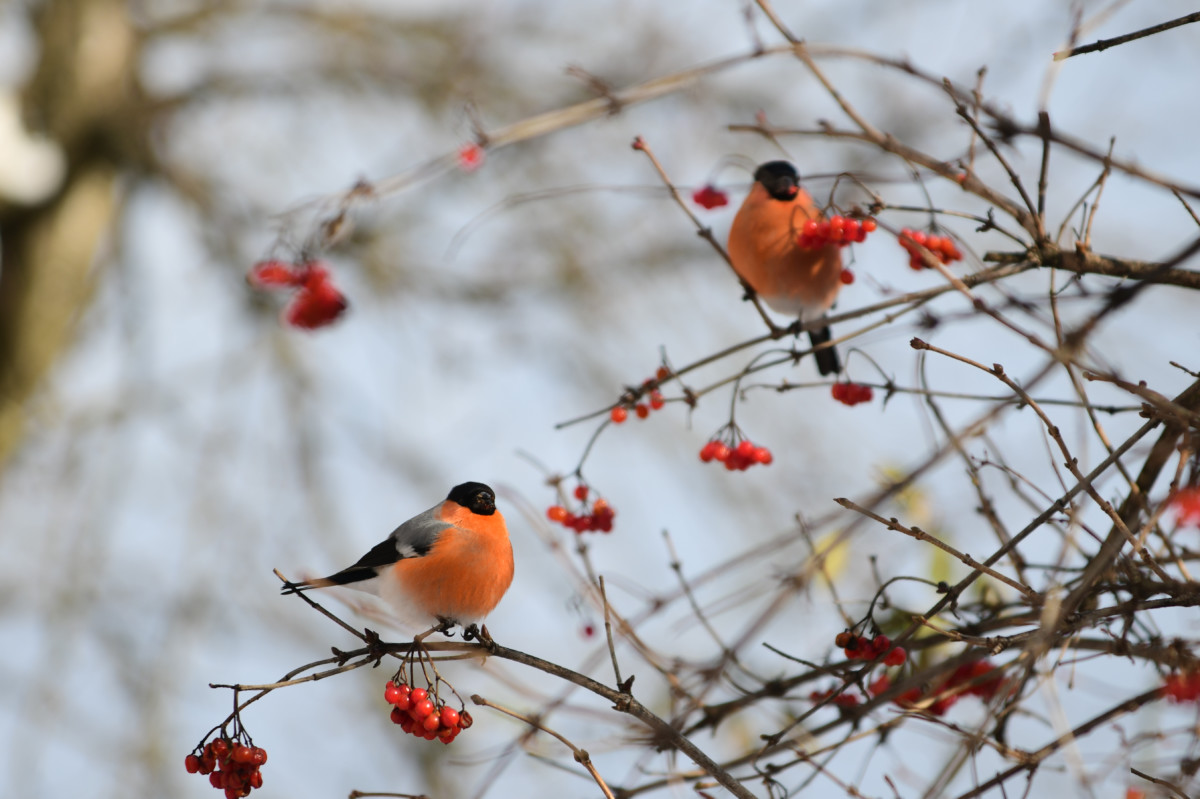
If you leave your garden standing, all those dried-up plants become a veritable buffet of seeds and berries. Leaving your garden for the birds each fall provides food for them and allows you to enjoy watching these cheery creatures hopping from branch to branch.
It’s amazing how interconnected we all are when we stop to take a good look.
4. Add a Natural Layer of Mulch

Every year it’s the same, “You need to mulch your garden!” We’ve detailed all thebenefits of mulching your gardeneach year. It’s an integral part of no-dig gardening too.You’ve got plenty of options, some mulches you can find in your yard. But what if the plants in your garden become mulch? How much easier would it be to mulch if you simply let things break down where they stand each fall?
我们已经确定离开你的花园to decay over the winter helps to hold soil in place and returns nutrients. You can leave most of it standing or chop and drop some of it to become a natural fertilizing layer where it lands.
In the spring, once the insects have woken up from their winter slumber, you can easily cut any remaining plants down where they can continue to break down where they land, slowly improving the soil over time.
5. It’s Easier on You
Then there’s my favorite reason to not tidy up the garden. Pfft, you’ve got better things to do with your time. It’s funny how our attitudes change over the course of a few months. In the spring, we can hardly wait for that first tomato; then, in the fall, we’re sick to death of looking at them.
Fall often finds gardeners in need of a break too.
We’re ready to rest and take a break from the labor of love that is growing a garden.
So, why add more back-breaking labor to your list of chores if you don’t have to? You’ve gothot mulled cider to drink, fire pits to sit around, books to read, and fall festivals to attend. Let nature do her thing; she’s got this. You go put your feet up.
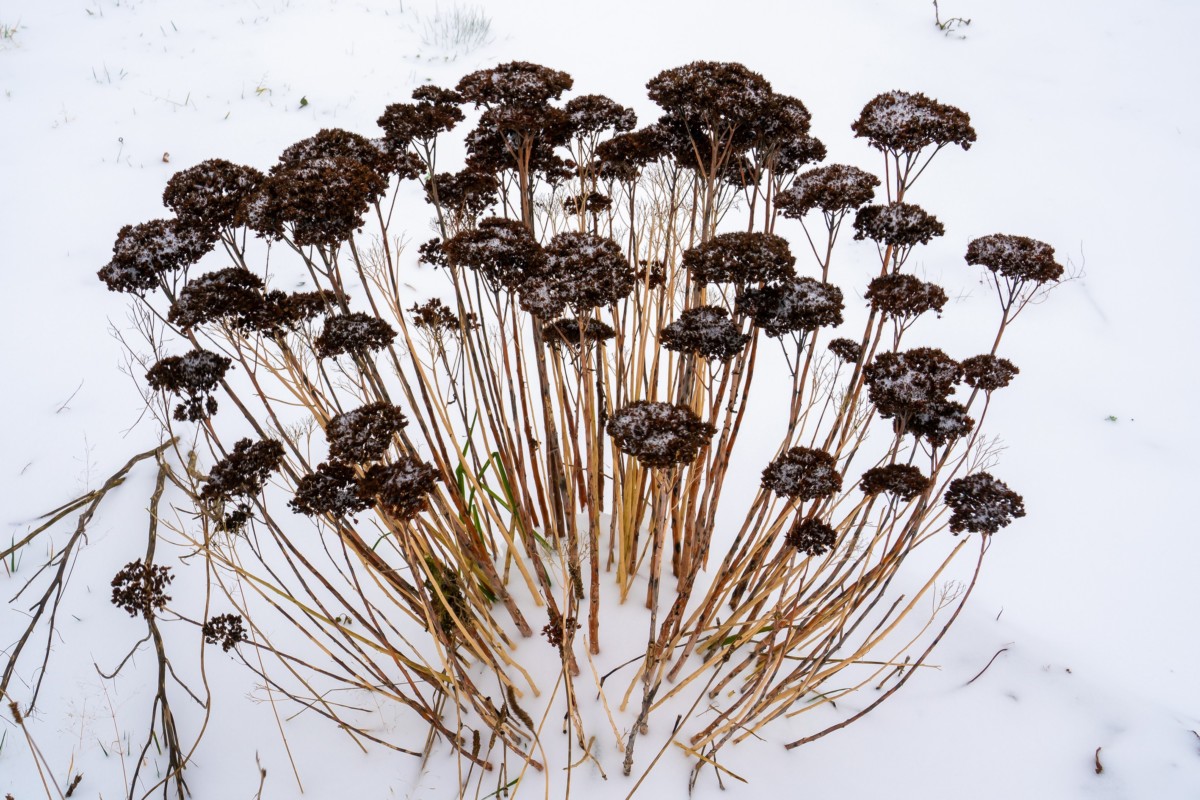
When Should You Clear Out the Garden?
Granted, there are occasions when cleaning up at least a portion of your garden may be necessary—the main reason being to prevent disease. If you had plants succumb to disease this year, especially fungal issues, it’s important to dispose of them properly.
不要堆肥的植物,或你可能revisiting that particular issue in the future. The best way to deal with diseased plants is to burn them. Blight, in particular, can be a problem that spreads from county to county each season, so it’s important to do our best to control it. Burn affected plants as soon as blight is detected.
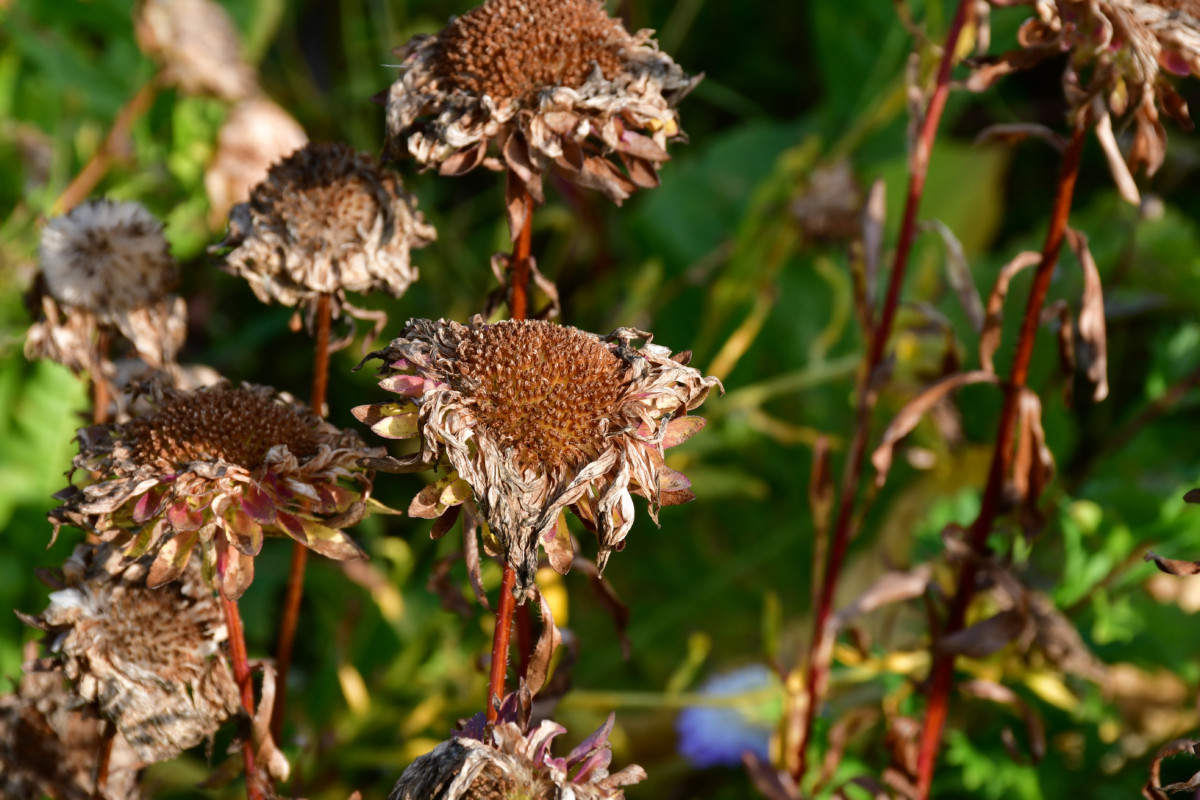
In the end, it’s simple, why do more work if you don’t have to? It seems the more hands-off we are with our gardens, the more nature returns the favor in healthier plants and soil.
